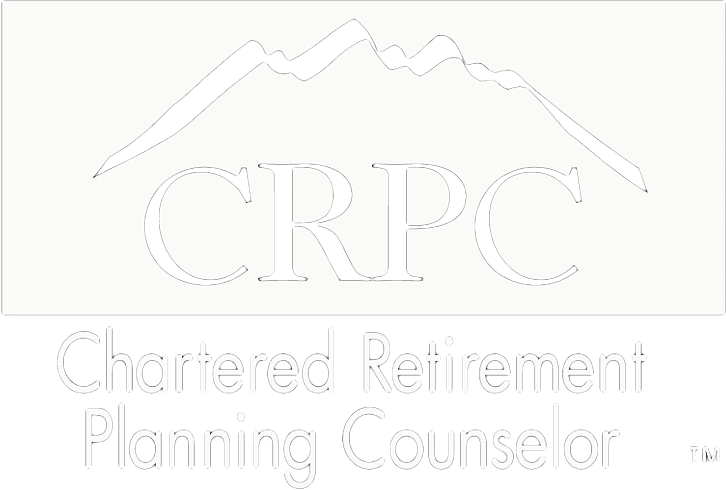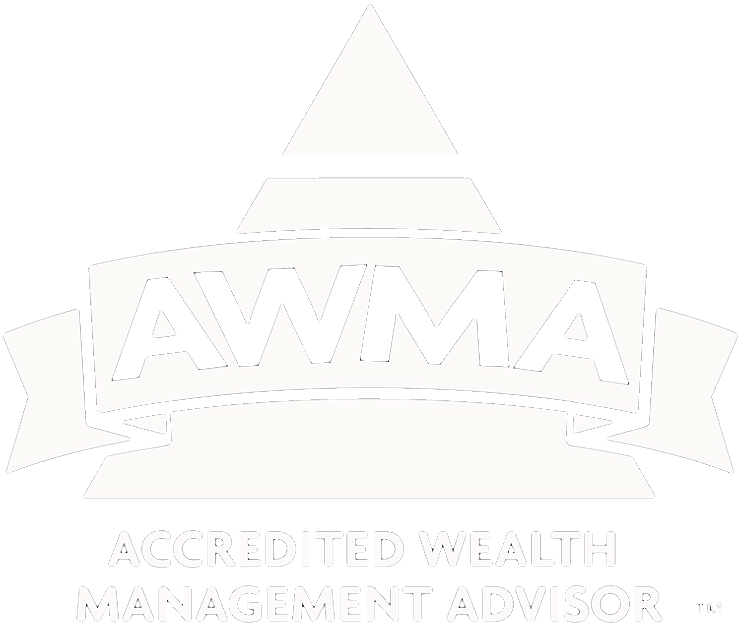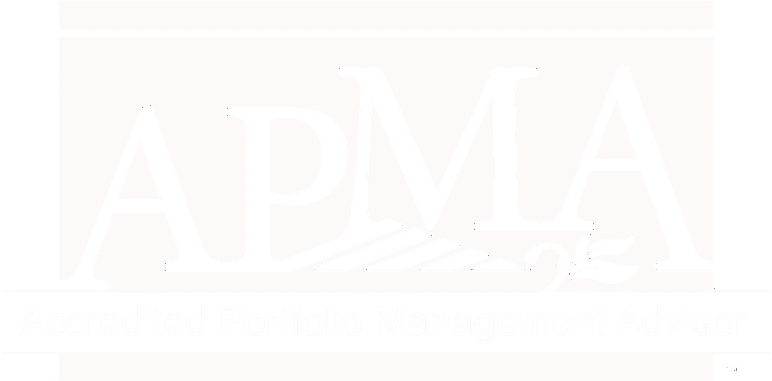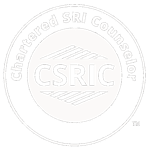
Last week Congress passed, and President Biden signed into law, a $1.7 trillion omnibus bill (meaning it was a bill that contained multiple bills and appropriations) that included the SECURE Act 2.0. The first SECURE (or Setting Every Community Up for Retirement Enhancement) Act was passed at the end of 2019 and made a number of changes, including raising the Required Minimum Distribution age, limiting what are called stretch IRAs, allowing 529 plans to pay off student loans, and many other things. There are many aspects of the SECURE Act 2.0 that affects a wide-range of people from individuals to businesses. Below are some of the parts of the SECURE Act 2.0 that may affect most people.
Mandatory Retirement Auto-Enrollment
Beginning in 2025, 401(k) plans will be required to automatically enroll participants to contribute at least 3%, but not more than 10%, of their income and automatically increase contributions by 1% per year to a maximum 15%. Employees can still opt out, but if they don't opt out they will be automatically enrolled.
Increased Credit for Small Businesses Starting a New 401(k) Plan
Previously, businesses starting a new 401(k) plan received a credit for 50% of the startup cost. Beginning in 2023, the credit is now 100% for businesses with up to 50 employees, and then phases out from 50-100 employees. The credit is for amounts contributed for employees up to $1,000 per employee and phases out over the first four years of the plan. New employers joining a Multiple Employer Plan (MEP) are also eligible for the first three years.
Increase of Age for Required Minimum Distributions
Beginning in 2023, the age to begin Required Minimum Distributions from non-Roth retirement plans will be 73 instead of 72. The age will again increase to age 75 in 2033. These age increases could be a double-edged sword, as it's possible that larger sums will need to be withdrawn from retirement plans in later years, resulting in higher overall taxes. This is an important consideration for retirement with any financial plan.
Increasing Annual Catch-Up Limits
Currently, the additional contribution amount for traditional and Roth IRAs for those age 50 and older is $1,000. Beginning in 2024, the amount of the annual catch-up contribution will be indexed for inflation, allowing those age 50 and older to contribute larger amounts to their retirement plans in later years before retirement.
For 401(k) plans, SIMPLE IRAs, and some other retirement plans, currently the catch-up contribution amount is $6,500 additional for those age 50 and older. Beginning in 2025, for those 60 to 63 years old, the catch-up contribution amount will be the greater of $10,000 or 50% more than the current catch-up contribution amount ($6,500, or $3,000 for SIMPLE IRAs) indexed for inflation.
Student Loan Matching
Beginning in 2024, employers have the option of matching student loan payments as a contribution to a 401(k). This makes it possible for employees to put more focus on paying off student loan debt while not missing out on potential employer retirement plan contribution matching. Note that this is an option that is up to the employer, and is not a requirement for employers offer.
Emergency 401(k) and IRA Withdrawals Without Penalty
Beginning in 2024, withdrawals for unforeseeable or immediate financial needs relating to personal or family emergency expenses are allow without penalty up to $1,000 per year. There is a 3-year window to repay the emergency withdrawal back to the retirement plan, and the emergency withdrawal must be repaid before another withdrawal can be made during the three years. If the emergency withdrawal is not repaid then participants must wait three years before being able to make an additional emergency withdrawal. Taxes are still due on the withdrawal, but there would be no 10% penalty up to the $1,000 withdrawal.
Increase of Employer Match for SIMPLE IRAs
Beginning in 2024, employers sponsoring a SIMPLE IRA can match up to the lesser of 10% of compensation or $5,000 indexed for inflation.
SEP IRAs for Domestic Employees
Beginning in 2023, domestic employees (i.e. nannies) can be provided a SEP IRA.
Participation for Part-time Employees
Part-time employees working more that 500 hours per year for more than two years will be eligible for 401(k) and 403(b) plans starting in 2025.
529 Rollovers to Roth IRAs
Beginning in 2024, unused funds in a 529 plan can be rolled over to a Roth IRA without penalties. There are limitations. The Roth IRA must belong to the 529 plan beneficiary (i.e. not the parents). Also, the annual limitation is the same as the annual contribution limit for Roth IRAs and counts as part of the annual contribution limit. There is also a $35,000 lifetime limit. Therefore, as an example, if there is $40,000 left in a 529 plan, the beneficiary can rollover up to $6,500 per year to their Roth IRA until the $35,000 lifetime limit is reached. The remaining $5,000 could be assigned to another related beneficiary (i.e. a sibling) or could be withdrawn with a penalty.
Emergency Savings Accounts for Pension Participants
Beginning in 2024, employers can establish new tax-free accounts for their non-highly compensated employees called pension-linked emergency savings accounts. Employers can automatically opt employees in with up to 3% of their compensation. The first $2,500 put into this account by the employee sits there as an emergency fund. Once it hits $2,500, any additional contributions go into the employees Roth 401(k). Employers can match the contributions 1:1 up to $2,500. The first four withdrawals from the account each year are penalty free. At separation, the money can be taken as cash (penalty-free), rolled into a Roth IRA, or moved into the Roth 401(k).
Reduced RMD Penalty
Starting in 2023, the penalty for missing or not meeting the Required Minimum Distribution (RMD) is now 25% instead of 50%.
Employee Contributions for Solo 401(k) Started After Calendar Year
Beginning in 2023 (not for 2022 tax year contributions), employers can start a 401(k) plan after the calendar year ends, but before the tax return due date, and still allow employee contributions until the tax return due date. This is similar to SEP IRAs.
No More RMDs for Roth 401(k)s
Beginning in 2023, Roth 401(k)s will no longer be subject to Required Minimum Distributions (RMDs). This brings Roth 401(k)s in line with Roth IRAs when it comes to RMDs.
Roth Contributions for SIMPLE and SEP IRAs
Beginning in 2023, Roth contributions can be made to SIMPLE and SEP IRA retirement plans. Roth contributions are after-tax contributions, and since you've already paid taxes on the contributions, future withdrawals (after meeting the minimum holding time requirements and age requirements) are tax-free. This makes Roth contributions now possible in Roth IRAs, Roth 401(k)s, Roth SIMPLEs, and Roth SEP IRAs.
Catch-Up Contributions for High Earners Must Be Roth
Starting in 2024, catch-up contributions for high-earners ($145,000 or higher, indexed for inflation) must be Roth contributions. Those catch-up contributions can no longer be tax-deferred.
Employer Match Contributions Can Be Roth
Beginning this year (2022), employers can now allow match contributions to go into Roth accounts for 401(k), 403(b), and 457(b) retirement plans. This includes matches on payments to student loans (beginning in 2024) (see above). Note that the Roth match contributions would be taxable to the employee in the year of the match contributions by the employer.
Many More Changes
Those are a lot of changes, and there are even more in the full bill. These were the changes that may affect more people, but as mentioned before, there could be other changes that might affect you. If you're wondering if there are other ways in which the SECURE Act 2.0 may affect you, Escient Financial could help you incorporate the changes into your financial plan to keep you on track to achieving your goals. Feel free to...
This content is developed from sources believed to be providing accurate information. The information in this material is not intended as investment, tax, or legal advice. It may not be used for the purpose of avoiding any federal tax penalties. Please consult legal or tax professionals for specific information regarding your individual situation. The opinions expressed and material provided are for general information, and should not be considered a solicitation for the purchase or sale of any security. Digital assets and cryptocurrencies are highly volatile and could present an increased risk to an investors portfolio. The future of digital assets and cryptocurrencies is uncertain and highly speculative and should be considered only by investors willing and able to take on the risk and potentially endure substantial loss. Nothing in this content is to be considered advice to purchase or invest in digital assets or cryptocurrencies.
Enjoying Escient Financial’s Insights?
The weekly newsletter is usually delivered to your email inbox Friday or Saturday, and includes:
- the latest Escient Financial Insights articles
- a brief of the week's important news regarding the markets
- recommended third-party reads
- selected Picture of the Week
Escient Financial does NOT sell subscriber information. Your name, email address, and phone number will be kept private.

